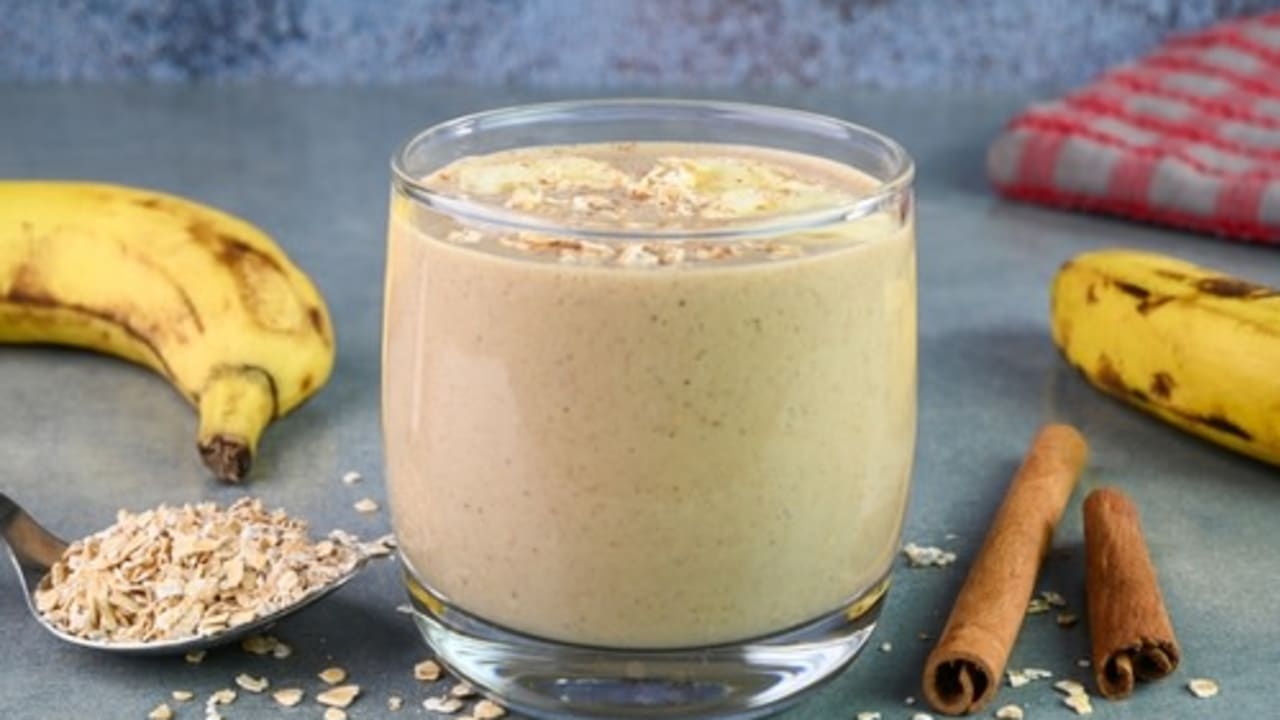Jerusalem Post
ByDR. MAYA ROSMAN
Many choose sorbet thinking it is healthier or lighter. Indeed, sorbet contains less fat compared to cream ice cream, but it is important to know that unlike ice cream, which also provides calcium and protein from milk, sorbet contains almost no nutritional value – but mainly sugar and water. This means that sorbet has no "health benefit" beyond the sweet and refreshing taste.
But first let’s solve a more basic issue – is ice cream really that harmful to health? Is it really just "soul food"?
The answer is – it depends on which ice cream we’re talking about. It’s like asking if bread is healthy. Depends on which! Some breads are healthy and some have no nutritional value at all. Some ice creams actually have quite good nutritional values.
Those who choose sorbet ice cream are usually trying to save themselves calories – but does it really save you? And if so – is it worth it? Here’s everything you didn’t know and need to know.
Yes, in real cream ice cream, in addition to the benefits, there is also 20% sugar. But sometimes it is preferable to candies that contain only sugar and white flour.
Dairy ice cream
1. Protein: Dairy ice cream has protein like dairy products. A serving of ice cream sometimes contains more protein than an average dairy dessert.
2. Keeps you full longer: The combination of proteins with fat and sugars in ice cream causes the sugar to be absorbed more slowly into the body. What does this mean? That ice cream keeps you full for longer compared to chocolate, and that it is even suitable if you have a tendency toward diabetes.
3. Calcium: Dairy ice cream usually contains an amount of calcium similar to dairy desserts. Anyone looking for sources of calcium in their diet can definitely count ice cream as one.
Sorbet ice cream
Sorbet is perceived as a "light" version of ice cream – without cream, without milk, sometimes even "non-dairy." But what is its actual nutritional value, and how does it compare to regular ice cream or frozen yogurt?
1. Sugar in sorbet
Sorbet usually has a particularly high sugar content, in some cases lower than cream ice cream but sometimes the same amount, depending on the product. The reason is that sugar not only sweetens but also serves as a substance that gives a smooth texture and prevents the formation of large ice crystals.
Most brands contain about 20–30 grams of sugar in a standard serving (a small disposable cup or two heaping tablespoons) – that’s almost 5–6 teaspoons of sugar!
2. Fat in sorbet – advantage and disadvantage
Unlike regular ice cream, sorbet has almost no fat. That may sound positive, but it is actually the fat in ice cream that "slows down" the rate at which sugar levels rise in the blood. Without fat, the glycemic index of sorbet is usually higher, meaning blood sugar levels spike faster after eating.
3. Dietary fibers from fruit – yes or no?
Some brands contain a little real fruit, which adds fiber, vitamins, and antioxidants. But in practice – the amount is negligible. To get 2–3 grams of fiber (the amount in one piece of fruit), you’d need to eat sorbet made of 100% fruit. Most industrial sorbet is based on concentrated juices or flavor extracts, so this benefit is not really significant.
4. Food coloring – mostly natural
In the past, artificial food colorings were used (blue, red, green), but today most manufacturers have switched to natural colorings derived from vegetables and fruits (such as beetroot, turmeric, purple carrot). Therefore, in this regard there is no special health concern, and usually the amounts are not high.
5. Sugar absorption
Because sorbet is made almost entirely of water and sugar, its sugar is absorbed quickly. The peak in blood glucose levels comes relatively fast, which can cause hunger and a lack of satiety shortly after eating – unlike ice cream with cream or yogurt, where fat and protein slow absorption.
What do the calories say?
It’s important to understand that a standard serving of sorbet or ice cream is considered a small disposable cup (about 100 grams) or two heaping tablespoons. The problem is that in most places, the servings are much larger – a half-liter family size shared by two people, or a double cone containing almost 2–3 times the recommended serving.
So how many calories are in a small serving?
A small serving of sorbet (about 100 grams) contains on average 120–150 calories, most of them from sugar.
Cream ice cream: The same amount gives about 180–220 calories – more fat, less sugar, but also protein and calcium.
Frozen yogurt: Usually around 120–160 calories, depending on whether it’s made from real yogurt or milk powder.
The advantage – it also has protein and calcium, just like regular yogurt.



















